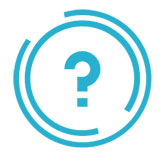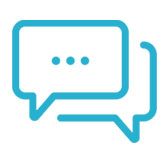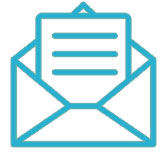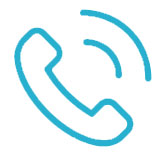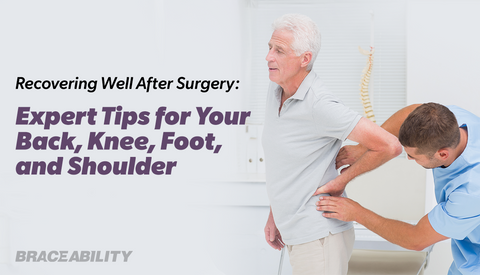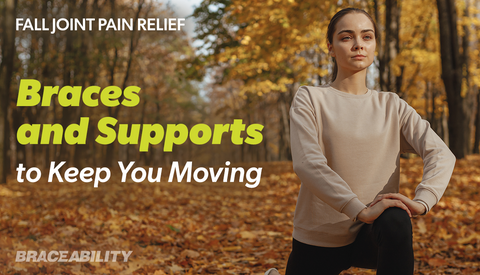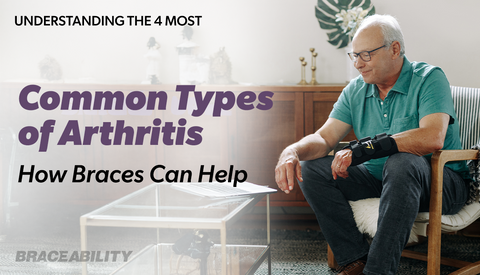Top Causes of Back Pain and How to Treat It
Top 3 Causes of Back Pain & Tips for Everyday Relief
Lower back pain is one of the most frequent complaints worldwide, affecting millions of people at some point in their lives. Whether caused by injury, chronic conditions, or poor posture, lower back discomfort can seriously interfere with daily activities and quality of life. Understanding the most common causes can help you recognize symptoms early, try practical ways to ease pain without medical intervention, and find braces designed to provide relief and support.
In this article, we’ll cover three prevalent lower back conditions, herniated discs, sciatica, and posture-related pain including kyphosis. For each, you’ll learn about the typical symptoms, tips to reduce pain naturally, and brace recommendations to aid recovery and comfort.
1. Herniated Disc
What Is a Herniated Disc?
A herniated disc occurs when the soft, gel-like center of a spinal disc pushes through a tear in its tougher outer layer. This herniation can press on nearby nerves, causing pain, numbness, or weakness, often in the lower back and down the legs.
About 0.5–2% of U.S. adults (5–20 per 1,000) develop a lumbar disc herniation (herniated disc) each year. Herniations also most often occur at the lowest spinal levels (L4–L5 or L5–S1) and peak between ages 25–55 (ncbi.nlm.nih.gov).
Common Pain Points
-
Sharp or burning pain radiating from the lower back down one or both legs (sometimes called sciatica)
-
Tingling or numbness in the legs or feet
-
Muscle weakness or difficulty walking
-
Increased discomfort when bending, lifting, or twisting
Tips to Relieve Pain Without Medical Intervention
-
Avoid prolonged sitting or standing: Change positions frequently to prevent pressure buildup.
-
Gentle stretching: Exercises like knee-to-chest and pelvic tilts can relieve spinal pressure.
-
Use heat and cold: Ice packs reduce inflammation during flare-ups; heat relaxes tight muscles afterward.
-
Maintain good posture: Keeping a neutral spine reduces stress on discs and nerves.
Recommended Brace Spotlight
Herniated Disc Back Brace
This brace features rigid plastic inserts and a wide 15-inch back panel to stabilize and decompress the lumbar spine. Adjustable straps allow you to tailor the fit, while a pouch for hot or cold gel packs provides easy access to pain-relieving therapy. The brace’s breathable fabric ensures comfort during extended wear, making it ideal for use both at home and on the go. Its design encourages proper spinal alignment, reducing nerve pressure and helping you maintain mobility during recovery.
2. Sciatica
What is Sciatica?
Sciatica is not a diagnosis but a symptom caused by irritation or compression of the sciatic nerve, the longest nerve in your body. It results in pain radiating from the lower back down the buttock and leg, often due to a herniated disc, muscle spasm, or spinal stenosis.
Common Pain Points
-
Shooting, sharp pain running from the lower back down one leg
-
Burning or prickling sensations in the thigh, calf, or foot
-
Numbness or weakness in the affected leg
-
Pain worsening with prolonged sitting or sudden movements
Tips to Relieve Pain Without Medical Intervention
-
Limit heavy lifting and twisting: Avoid activities that aggravate nerve compression.
-
Low-impact exercise: Walking or swimming keeps muscles strong without stressing nerves.
-
Stretch tight muscles: Focus on hamstring and lower back stretches to ease nerve tension.
-
Maintain proper ergonomics: Use chairs with lumbar support and practice good posture.
Recommended Brace Spotlight
Sciatica Back Pain Brace
This brace targets the lumbar and sacral regions with adjustable compression panels to reduce sciatic nerve irritation. Its ergonomic design improves spinal alignment and muscle relaxation to speed healing and reduce pain. Made with breathable materials, the brace provides all-day comfort without restricting movement. It’s easy to adjust for a personalized fit, allowing users to maintain active lifestyles while managing nerve discomfort.
3. Poor Posture & Kyphosis-Related Back Pain
What is Kyphosis?
Poor posture, particularly prolonged slouching while sitting or standing, can strain muscles and ligaments supporting the spine. Over time, this can lead to kyphosis, a forward rounding of the upper back, which often causes compensatory lower back pain.
Age‑related kyphosis – an exaggerated forward curve of the upper spine – is very common in seniors. About 20–40% of adults over age 60 have significant hyperkyphosis. As this curvature worsens, physical function and quality of life tend to decline, often leading to back discomfort and balance/mobility problems (pmc.ncbi.nlm.nih.gov).
Common Pain Points
-
Dull, aching pain or tightness in the lower and mid-back
-
Muscle fatigue after extended sitting
-
Stiffness or reduced range of motion when standing up
-
Possible headaches or neck pain related to muscle strain
Tips to Relieve Pain Without Medical Intervention
-
Ergonomic setup: Use supportive chairs and position screens at eye level.
-
Frequent breaks: Stand, stretch, and walk every hour to reduce muscle tension.
-
Postural exercises: Practice chin tucks, shoulder blade squeezes, and back extensions.
-
Stay active: Regular exercise improves muscle strength and flexibility.
Recommended Brace Spotlight
Postural Kyphosis TLSO Brace
This lightweight TLSO brace encourages proper spinal alignment by gently pulling the shoulders back and supporting the thoracic spine. Its breathable, adjustable design offers comfort for daily wear, helping reduce muscle strain and improve posture. The brace’s slim profile makes it easy to wear under clothing, allowing discreet correction during work or leisure. It’s an effective tool for retraining posture and preventing the progression of kyphosis-related discomfort.
Industrial Back Belt
Perfect for individuals performing heavy lifting or manual labor, this durable back belt supports the core and promotes safe lifting posture. Its adjustable Velcro closure ensures a snug fit for different body types, while the reinforced design helps reduce the risk of injury during strenuous tasks. Made from breathable materials, it allows for extended use without discomfort. This belt not only protects the lower back but also helps improve endurance by reducing fatigue during physical work.
Final Thoughts on Back Pain
Lower back pain can range from a minor nuisance to a debilitating issue that disrupts daily life. Understanding the most common causes, herniated discs, sciatica, and posture-related pain, empowers you to recognize symptoms early and take practical steps to relieve discomfort.
Lifestyle adjustments like proper ergonomics, regular movement, stretching, and weight management are key components to managing pain naturally. However, the right brace or support can make a significant difference by stabilizing the spine, reducing nerve irritation, and improving posture.
If your lower back pain persists or worsens, consult a healthcare professional to determine the best treatment. Meanwhile, explore our collection of targeted back braces and belts designed to help you stay comfortable and active.

